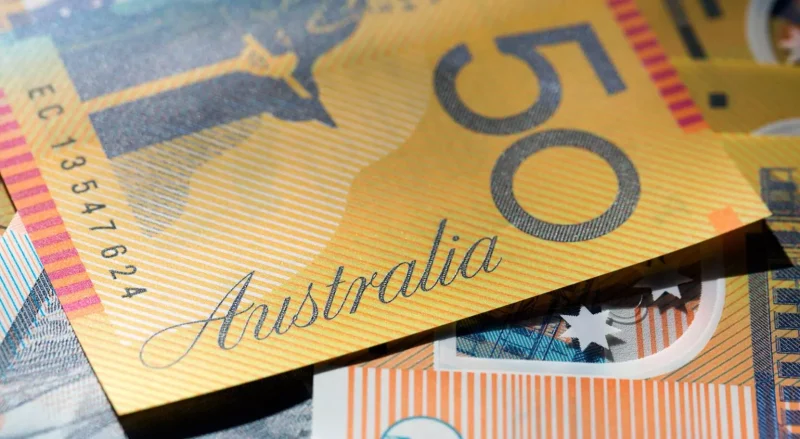The recent release of red-hot inflation data in Australia has sparked speculation around potential rate hikes by the Reserve Bank of Australia (RBA). The nation’s inflation rate hit a 13-year high of 3.8%, significantly surpassing market expectations. This surge in inflation has prompted concerns about the possibility of the RBA adjusting its monetary policy to curb rising prices and maintain economic stability.
The unexpected spike in inflation can be attributed to several factors, including supply chain disruptions, increased demand, and rising energy prices. The COVID-19 pandemic has severely disrupted global supply chains, leading to shortages of key commodities and goods. This, combined with a surge in demand as economies reopen, has resulted in upward pressure on prices.
Furthermore, the ongoing energy crisis has exacerbated inflationary pressures in Australia. The soaring prices of gas and electricity have cascading effects on the cost of production and transportation, leading to higher prices for consumers. The sharp increase in energy costs not only impacts households but also weighs on businesses, further driving inflation higher.
The RBA now faces a critical decision on how to address the escalating inflationary pressures in the economy. One option is to consider raising interest rates to cool down spending and investment, which could help moderate inflation. However, an abrupt rate hike could also risk stalling economic growth and dampening consumer confidence.
Another approach the RBA might consider is to gradually taper its bond-buying program and signal a potential shift towards a more hawkish monetary policy stance. By communicating its intent to address inflation proactively, the RBA could provide markets with clarity and stability, thereby mitigating any potential shocks.
Moreover, the RBA’s decision will also be influenced by global economic conditions and developments. With central banks around the world grappling with inflationary pressures, the RBA must carefully consider how its actions might impact exchange rates, trade flows, and investor sentiment.
In conclusion, the surge in Australian inflation data has put the RBA in a challenging position, requiring careful calibration of monetary policy to strike a balance between curbing inflation and sustaining economic growth. The central bank’s response in the coming weeks will be closely watched by market participants and policymakers alike as they navigate the uncertain economic landscape ahead.




























